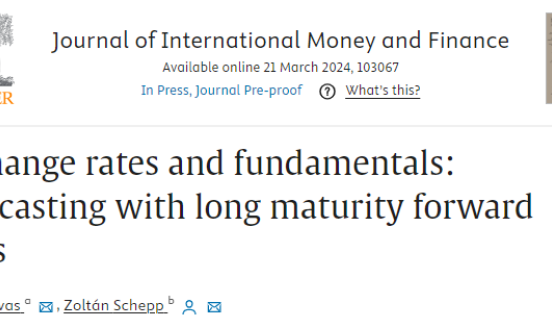Integrating stress tests within the Basel III framework
How can we integrate supervisory stress tests with the Basel III framework in a macroprudentially coherent and transparent manner?
Speakers
Anatoli Segura Velez
Economist, Financial Stability Research Directorate, Bank of Italy,
Carmelo Salleo
Head of Macro-Financial Policies Division, European Central Bank,
Benjamin Friedrich
Bank Sector Analyst, European Banking Authority,
SUMMARY
SEE BELOW FOR AUDIO&VIDEO AND EVENT MATERIALS
Microprudential and macroprudential policies can be conflicting in their objectives and toolkits. At this event, Anatoli Segura Velez from Banca D’Italia presented a proposal on how to bridge the two dimensions using supervisory stress tests in a macroprudentially coherent framework.
Presently, both the Basel III capital framework and the system-wide stress tests are used to assess banks’ capital adequacy. The proposal is to introduce a bank-specific Stress Test Buffer as an additional capital requirement to the Pillar 1 of Basel III. By imposing the condition of procyclical severity to this buffer - increased during expansions and decreased during downturns -, it is possible to ensure countercyclical macroprudential policy. Severity choices are made under a constrained discretion approach based on macroeconomic scenarios. This combination between rules and discretion would counteract inaction bias from supervisors, enhancing predictability and transparency of policymaking.
The stress tests currently used to assess the resilience of individual banks have thus the potential to be used to test whether the existing Capital Conservation and Countercyclical Capital buffers are capable of withstanding an adverse macroeconomic shock. If not, a stress test buffer (STB) could be activated to absorb remaining losses. Part of banks’ voluntary buffers could be channelled to cover additional capital requirements set by the STB, if necessary, avoiding capital shortfall.
The panel noted that the implementation of this instrument entails several challenges, and further work would need to be done to provide a formal definition of a severity measure and of a rule to guide policy along the cycle, under a constrained discretion approach. In fact, while in the United States and the UK some of the features outlined above already exist, the jurisdiction in the Euro Area poses some difficulties to the operationalization of these measures. A second challenge would be the choice of the adequate cycle to which the stress tests would be related (e.g. business cycle or credit cycle). Additionally, in order for the scenario design to be appropriate, it was recommended that each domestic cyclical position was also taken into account. A final remark concerned the differences in objectives of stress testing in a macroprudential and microprudential frameworks, and the possible problems of credibility that could emerge when using the same instrument in both spheres.
Event notes by Inês Gonçalves Raposo
VIDEO & AUDIO RECORDING
EVENT MATERIALS
Presentation by Anatoli Segura Velez and Pierluigi Bologna





